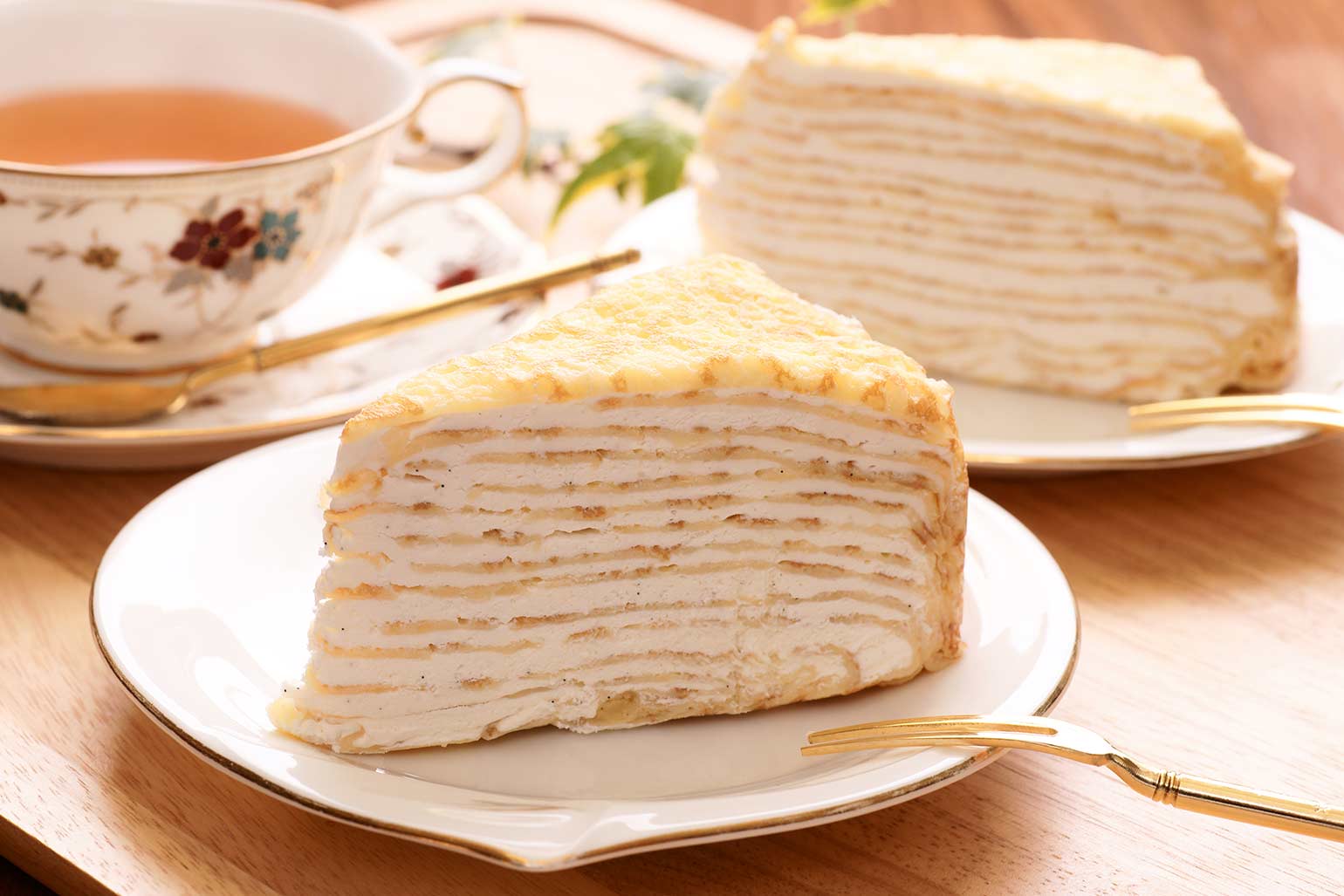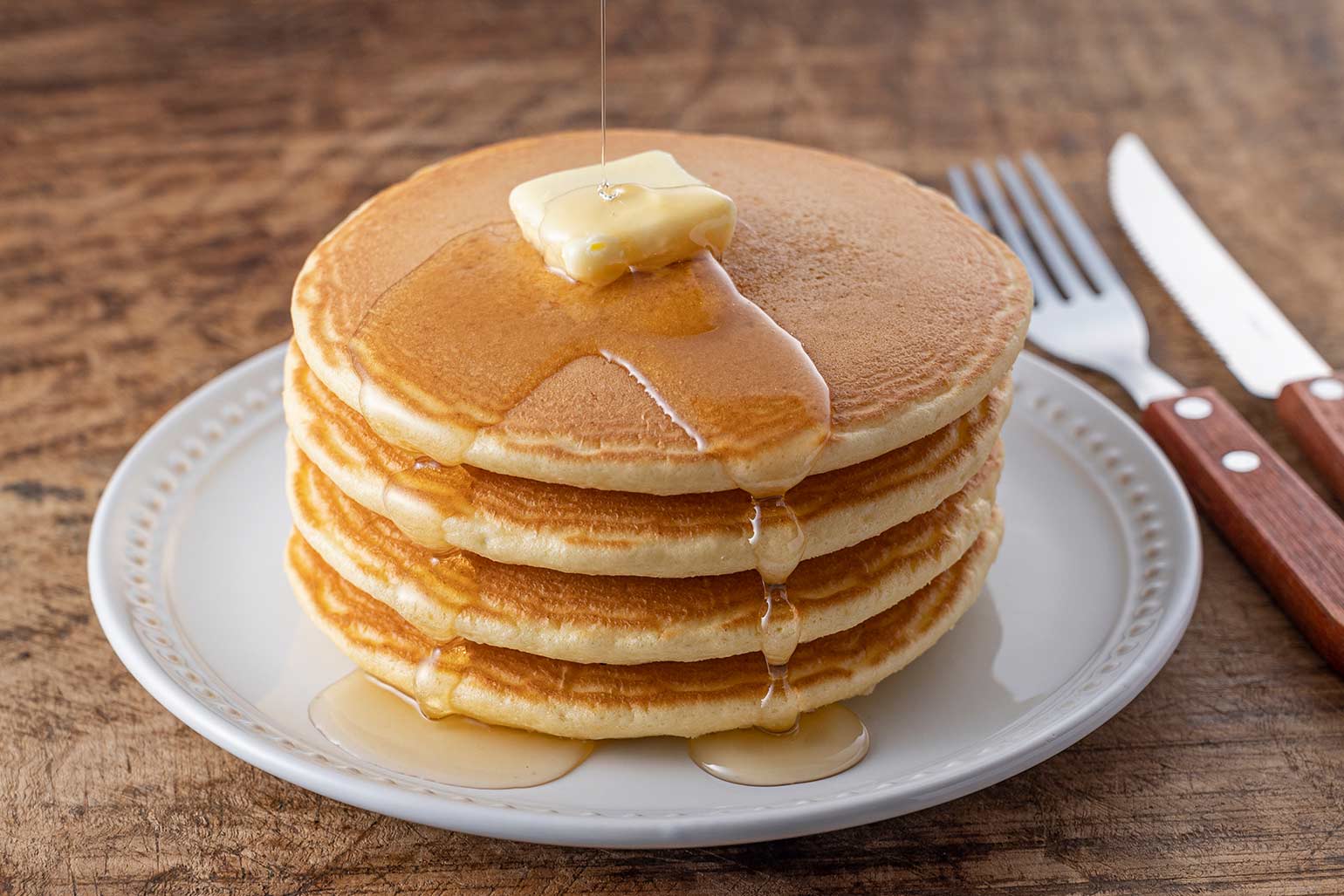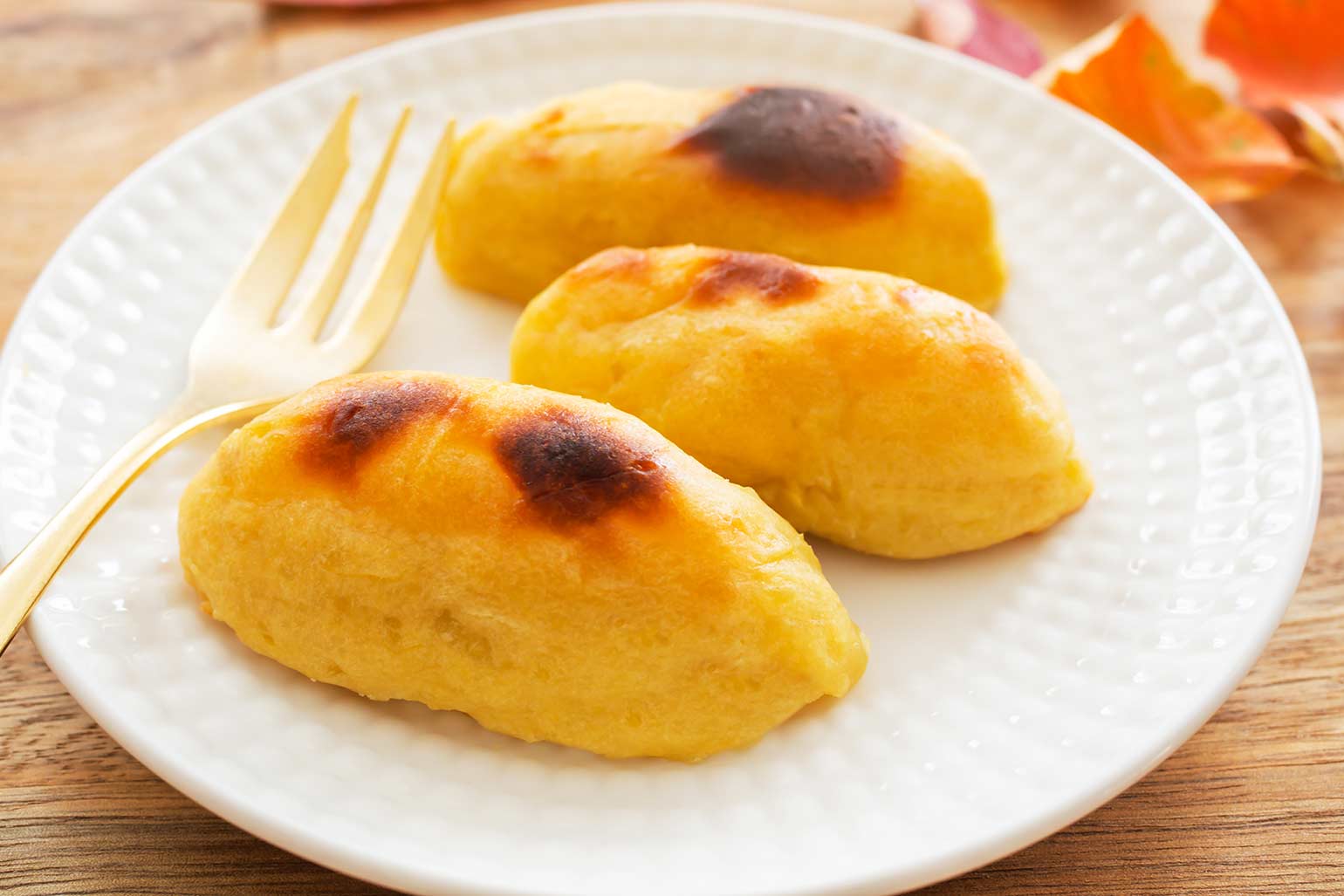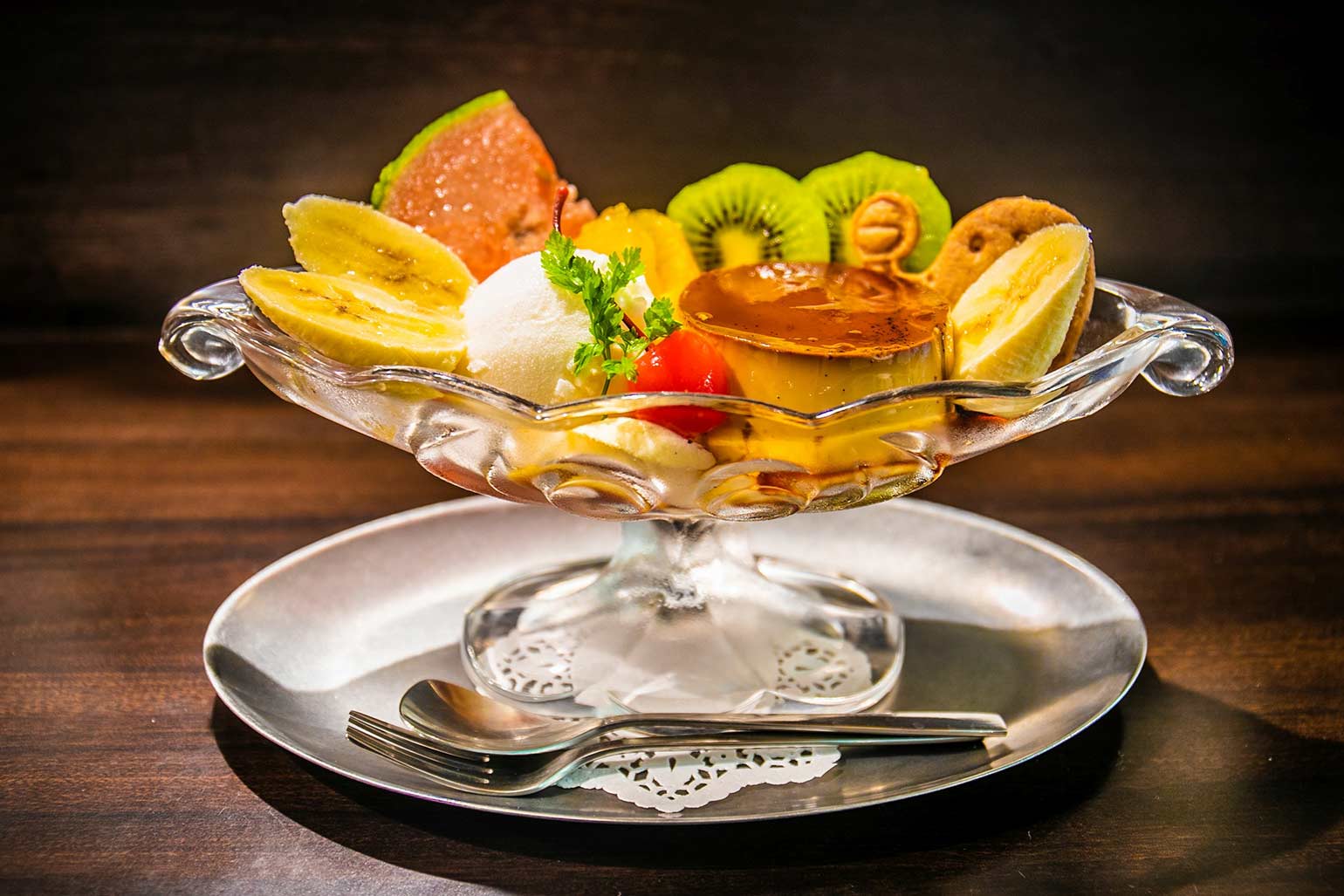You know that Japan is one of the most well-known sweets countries. Today, however, there are far more varieties of sweets introduced from overseas than “wagashi,” the sweets that originated in Japan, and they are more popular… Oh yes… It is also true that some of them have created original Japanese sweets based on concepts and cooking methods introduced from overseas. Moreover, many of them are very well appreciated by people overseas. Actually, many people might be surprised to learn that some of them originated in Japan. Below are a few of them, which we hope you will enjoy when you visit Japan!

・Shortcake
This is one of the so-called layer cakes with strawberries and other fruits as ingredients. A sponge cake with fruits sandwiched in between, covered with whipped cream and decorated with more fruits, right? For Japanese people, we can say that it may be one of the very definition of “cake”. It became known throughout Japan in the Taisho era (1912-1926) when “Fujiya” started selling it.

・Mille Crepe
A cake with alternating layers of crepe and cream. The crepe itself is said to have originated in Brittany, France, but the “mille crepe” was created in Japan. Originally sold at a cafe in Azabu, it was introduced nationwide by “Doutor Coffee” in 1978. This cake is another one that is very familiar to the Japanese.

・Hotcakes(Japanese Pancake)
This was developed as a thicker and sweeter version of the Western “pancake”. It is said that it was originally an American pancake, and was introduced to Japan during the Meiji era. It became generally known when Hotcake mix flour was sold for home use in the early Showa era. It seems to have gained great popularity because it was so easy to make in flying pan or a skillet. Even today, it is one of the well-known sweets at coffee shops or other restaurants.

・Sweet Potato
“Sweet Potato” is one of desserts using sweet potatoes invented in the Meiji Era. It is made by seasoning backstrained sweet potatoes with sugar, butter, milk, or wine, then shaping them and baking them in an oven. It is said that it was only after the WWⅡ that it became known throughout the country.

・Castella
Whisked eggs are mixed with flour and syrup sauce and baked in the oven to make this sweet treat. It is said that the origin of this sweet was created in Nagasaki around the 16th century based on the “Nanban Kashi (baked dough made of egg, flour, and sugar)” introduced from Portugal at that time. As a matter of fact, “castella” is apparently classified as a Japanese sweet.
※In the 16th century, people who visited Japan from European countries such as Portugal or Spain were called “Nanban-jin (Nanbans)”. The term “Nanban ○○” was used to refer to things brought to Japan by these “Nanban-jin”.

・Coffee jelly
It is a kind of cold dessert made by mixing coffee sweetened with sugar, etc., with gelatin or kanten agar and then cooling and hardening the mixture. The recipe was introduced in books in England and the United States in the 19th century. In the United States, the product was sold as “coffee jelly base,” but it is said that not many people knew about it. According to one theory, it was introduced as a cold sweet in Japan in the early 20th century, and that is why it became widely known to the general public as today. It has become a standard dessert in Japanese coffee shops and cafes, and many commercial products are also available. They are also very popular among people from overseas.

・Pudding a la mode
“Pudding a la mode” is custard pudding served with fruits and whipped cream to decorate it. In addition to them, some are also topped with ice cream or baked sweets. It was created at “The Cafe” at “the Hotel New Grand” in Yokohama shortly after the end of World War II. It is said that the dessert was created for the ladies of high-ranking officers who were staying at the hotel when it was confiscated by GHQ. One of the attractions of this dessert is that it has some kind of retro, nostalgic feel to it. This menu is also now one of standard sweets in coffee shops and restaurants.




